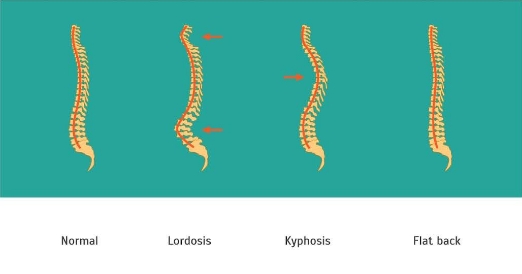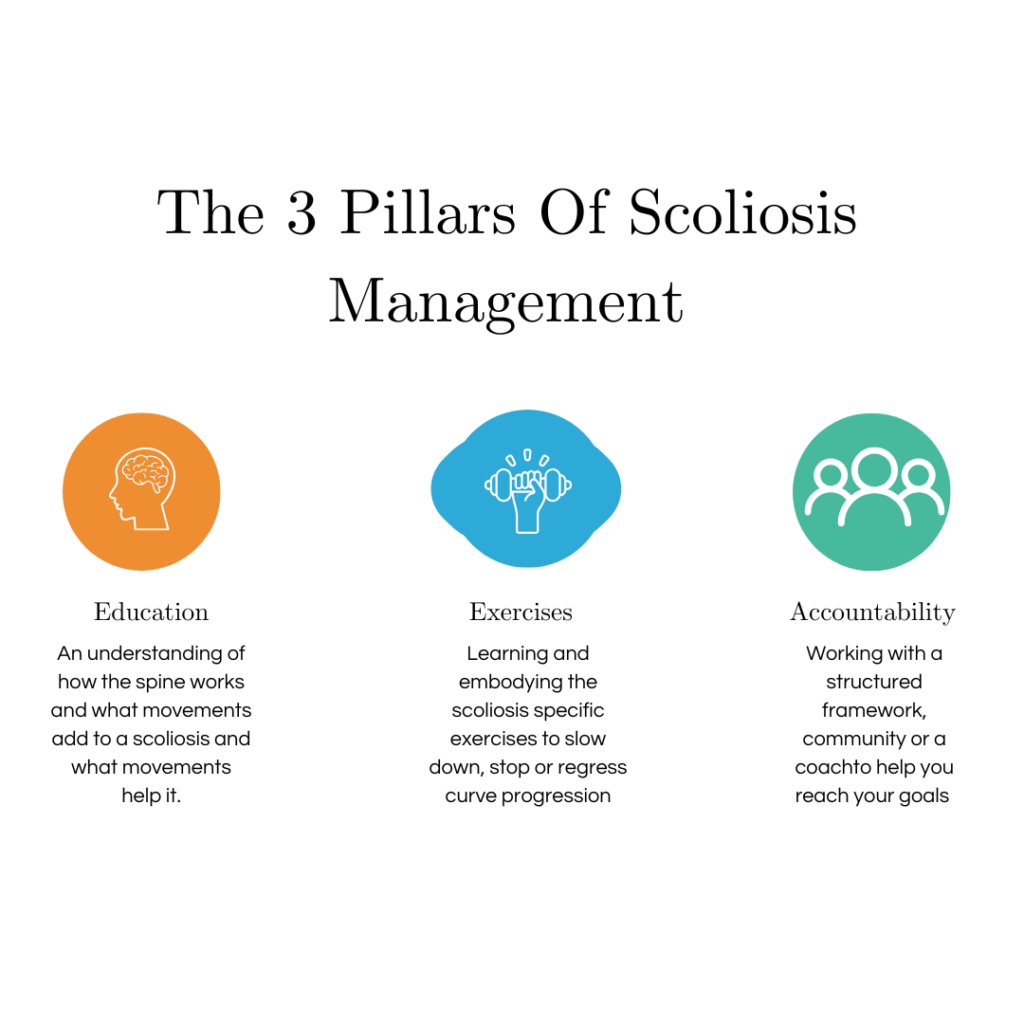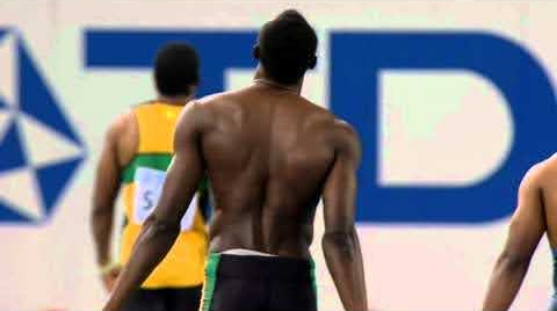

For example, if a teenager has finished growing, their curve is mild at 20 degrees they will not be offered surgery but instead be offered conservative treatment. Conversly if a pre-teen, 10 year old has a 50 degree curve that is progressing they will be offered surgery.
Traditional conservative treatment is to do nothing for the curve but monitor it, also known as the wait and see approach, painkillers if necessary and a brace.
More progressive conservative therapy would include exercises like the ones we have developed for managing scoliosis.
All management should consist of 3 pillars. Without any one of the pillars the therapy will most likely fail.

Our Courses:
1. Scoliosis Symmetry Method – the basics of how to add mobility to a stiff spine. ($97 – lifetime access)
2. The Scoliosis Correction Protocol – the world’s first whole body approach to scoliosis delivered via online learning and supported by our “Scoliosis Champions” community. ($447 – plus 1 zoom training call with one of our coaches)
3. Scoliosis Training One On One – Work with one of our coaches to take you through the entire program in 14 sessions that will leave you with a complete program that you can use and adjust for the rest of your life.
4. Scoliosis Training Monthly Membership – learn the program with our qualified coaches in a group setting with 2 monthly meetings a week, 4 nutritional consultations a year all tracked through our exclusive app.
Surgery may be an option for some curves where the progression is rapid and there is a concern that pressure on the internal organs might cause health complications. The good news is that this doesn’t happen until curves reach 80-90 degrees. This leaves a gray area of scoliosis between 10 and 80 degrees where surgery may be an option for aesthetic reasons. There are many different types of surgery ranging from spinal fusion with metal rods to less invasive approaches such as vertebral tethering.
They all have pros and cons, and consulting with a variety of professionals before committing to surgery is vital to make sure you have all the information.
However, scoliosis surgery can have some additional complications. For example, spinal fusion means that two or more joints in the spine can no longer move. The movement that would have been performed by those joints is now performed by the joints immediately above or below. That means these joints can be subject to increased wear and tear and ultimately may need to be fused themselves.
A common story for people with scoliosis is that they were aware of it when they were young but didn’t need to do anything about it. They live a normal active life, have children and generally don’t think about it. As we age we all lose muscle mass and strength. This loss is particularly noticeable in females with scoliosis, as they tend to see their curves progress. This progression might be prevented with proactive earlier in life with regards to specific strength and stretching exercises.
As scoliosis causes a change in the alignment of the spine some people find it can be difficult for their mental health and become very self conscious of their spine. They avoid some social interactions where people might see their scoliosis like swimming or wearing figure hugging clothes. This is where finding a strong peer community might help some people manage these emotions.
Having scoliosis doesn’t mean you can’t be physically active. Some of the best athletes in the world have scoliosis. For example, did you know that Usain Bolt has scoliosis?

This might come as good news to teens who have recently discovered they have scoliosis and are wondering what sports they can and cannot play. Most sports are going to be beneficial. They help improve coordination, lay down good bone minerals, prevent obesity and strengthen muscles, lungs and hearts. The reasons for doing a sport or exercise program far outweigh any reason not to.
Having said that sports that involve un-predictable impact like rugby and ice hockey have a chance of injuring the joints of the spine and might be best avoided, but this is a personal choice.
As an adult if you want to play sports or exercise, focus on sports that involve the whole body so that they challenge your entire musculoskeletal system, improve cardiovascular fitness and give you a sense of community. These things have been shown to help increase core strength, reduce pain and help you enjoy life.